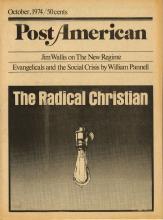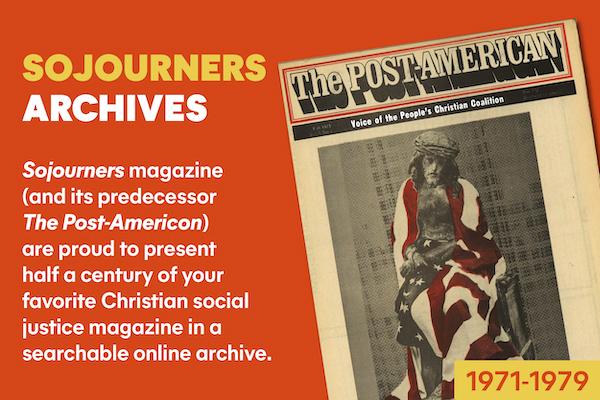This enchanting title to William Stringfellow’s book could be twice misleading. First, it is not a text on moral philosophy or Christian ethics in the usual sense. There is little help here for those looking for advice on abortion, ecology, employment, social planning, or foreign policy. The moral philosopher must look elsewhere for a discussion on metaphysical or empirical justification for ethical decisions, or for a treatment of situational ethics and ethical absolutism. Stringfellow’s interest lies in informing moral decision-making with a biblical and social critique of a fallen nation: “The task is to treat the nation within the tradition of biblical politics to understand
Read the Full Article

